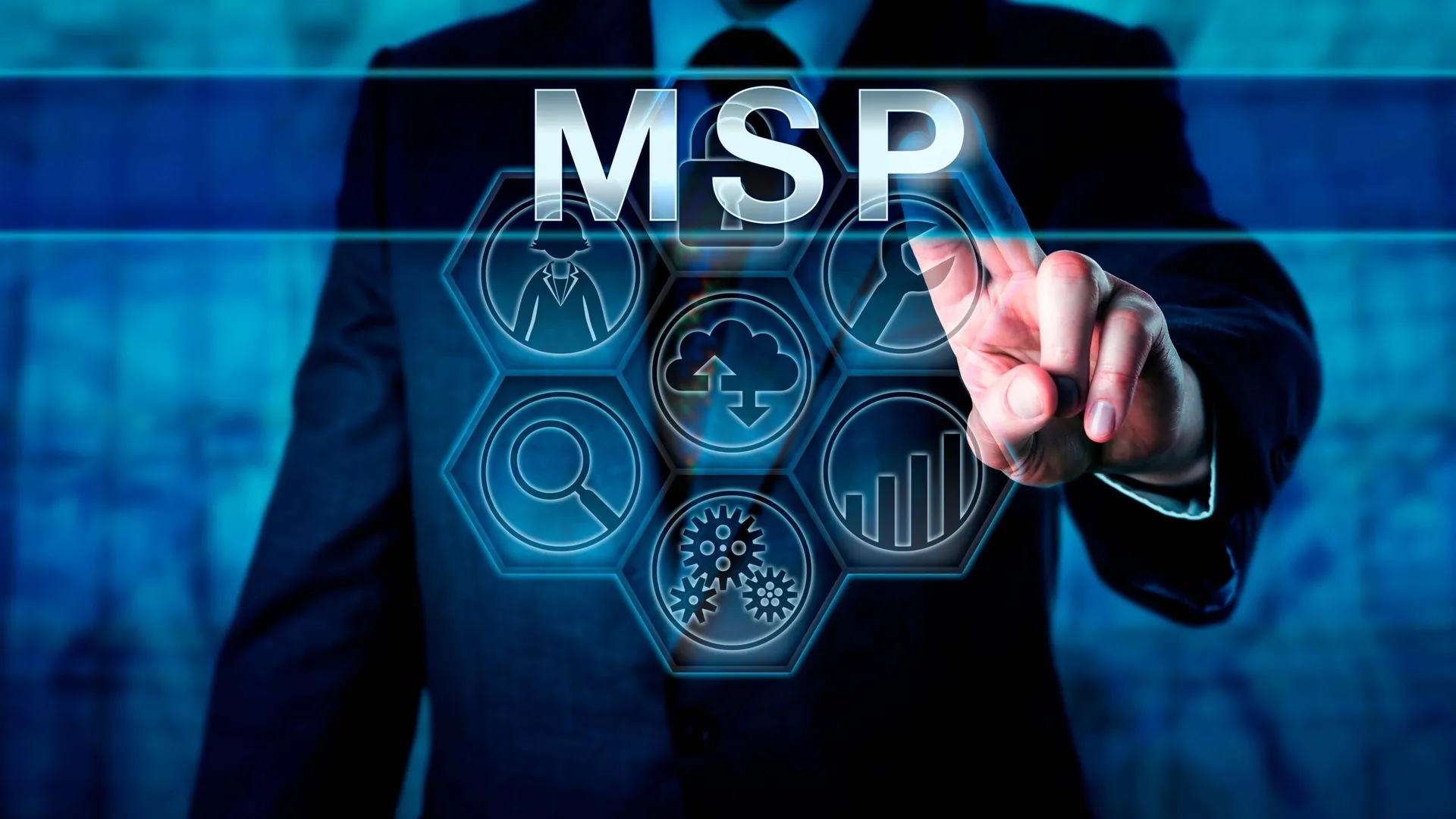Is remote monitoring and management software – what has been a core application for MSPs – evolving for a new era of cybersecurity? N-able announced deeper integration of security late last year. Syncro’s CEO told ChannelE2E that her company would make cybersecurity into the third pillar for its MSP partners, next to RMM and PSA.
What’s more, Channel Program CEO Kevin Lancaster dropped a major bombshell in a recent LinkedIn post, noting that Password Management had replaced RMM on the list of most popular software in MSP stacks. (PSA was number one and Password Management moved into the number two slot.)
It’s clear that MSPs are embracing security with many MSPs are leading their sales conversations with discussions about security.
As MSP platform vendors continue their pivot to cyber, ChannelE2E connected with unified endpoint management platform provider Syxsense to learn more about what that company offers and how it has changed its trajectory to serve MSPs and create a simple cybersecurity platform.
Where Syxsense Fits in the Market
Syxsense, which bills itself as an automated endpoint and vulnerability management solution provider, recently rolled out a significant update to its service offering that will enhance the security capabilities that MSSPs and MSPs can offer to their end user companies.
The company’s previous monitoring was performed at frequencies set by MSPs or MSSPs -- daily, weekly, or maybe even monthly on Patch Tuesday. The update brings live monitoring capabilities to the platform.
But even before last month’s announcement of this added functionality, Syxsense had been building up its offering for the managed service provider market.
Syxsense: When it Started, It’s Pivot to MSPs, Cybersecurity
Syxsense was co-founded by Ashley Leonard, who is also the CEO, back in 2012. The company started out providing endpoint management to enterprises. Then in 2021 it announced it was entering a new market and would serve managed service providers as an RMM platform. It’s an area that would pay off. Leonard told ChannelE2E that the service provider market now makes up 30% of the company’s business, and that number was growing.
“We put a lot of time and effort into our roadmap to build out the capabilities that MSPs really need, especially around multi-tenancy and being able to quickly move between different customers and reporting and automation,” Leonard told ChannelE2E.
Syxsense has evolved from endpoint management to unified endpoint management. Leonard also said that about 3 years ago the company recognized the importance of cybersecurity to the MSP market.
“Three years ago we were analyzing why people were buying our technology and the primary use cases were for things such as patching and endpoint management. These are adjacent to security management, and the majority of breaches occur because of unpatched vulnerabilities,” he said. “We felt there was a huge opportunity in the market to bridge the gap between the kind of vulnerability scanning and endpoint management and to be able to not just report on the problems but to actually fix them. That’s what we’ve delivered with Syxsense.”
Syxsense's Value Proposition
Leonard told ChannelE2E that Syxsense does everything that the market-leading RMM platforms can do and more. Syxsense combines endpoint management with vulnerability scanning and remediation so that MSSPs and MSPs that offer these services only need a single tool in their stack.
Vulnerability scanning is more than just patching, he said, and it’s a big deal. That’s because there is no patch for an unsecure password, a port that shouldn’t be open, or some crypto mining software on an endpoint.
In addition, Syxsense’s solutions remediate those vulnerabilities by running a playbook and selecting from among the many remediations available in the cloud-based platform. They could include turning off a service or changing some registry settings to get an endpoint back into compliance.
Syxsense does this with what Leonard calls a simplified SOAR (security operations and response) that requires no scripting knowledge. The drag-and-drop interface lets organizations build complex management workflows and deploy them to endpoints in response to an event happening in real time.
The platform comes with pre-built remediations that Syxsense is always adding to, Leonard said. In addition, organizations can build their own custom remediations as well.
Syxsense said the new release includes:
- Intelligent Monitoring: Syxsense Cortex, Syxsense’s no-code automation and orchestration engine, now actively identifies and resolves issues, not just flags them. Sleep soundly knowing your clients are protected – without drowning in alerts.
- Terminal Access Anywhere: Execute commands or scripts directly on any remote device with the new integrated terminal interface. React instantly, troubleshoot effectively, and stay ahead of evolving threats.
Syxsense has also added integrations for unified visibility and control:
- ConnectWise and Halo PSA Integrations provide for managing all devices from a single pane of glass, allowing service providers to deliver IT and security services from one platform.
- Simplified Authentication via an integration with Duo Security to Syxsense’s existing Single Sign-On (SSO) for seamless, multi-factor authentication across the platform.
Sxysense’s Leonard said that the company also had big AI plans in 2024 and he was flying the entire development team to Redmond, Washington to work with Microsoft and OpenAI developers for a week. ChannelE2E will watch for more news on this as it develops.




